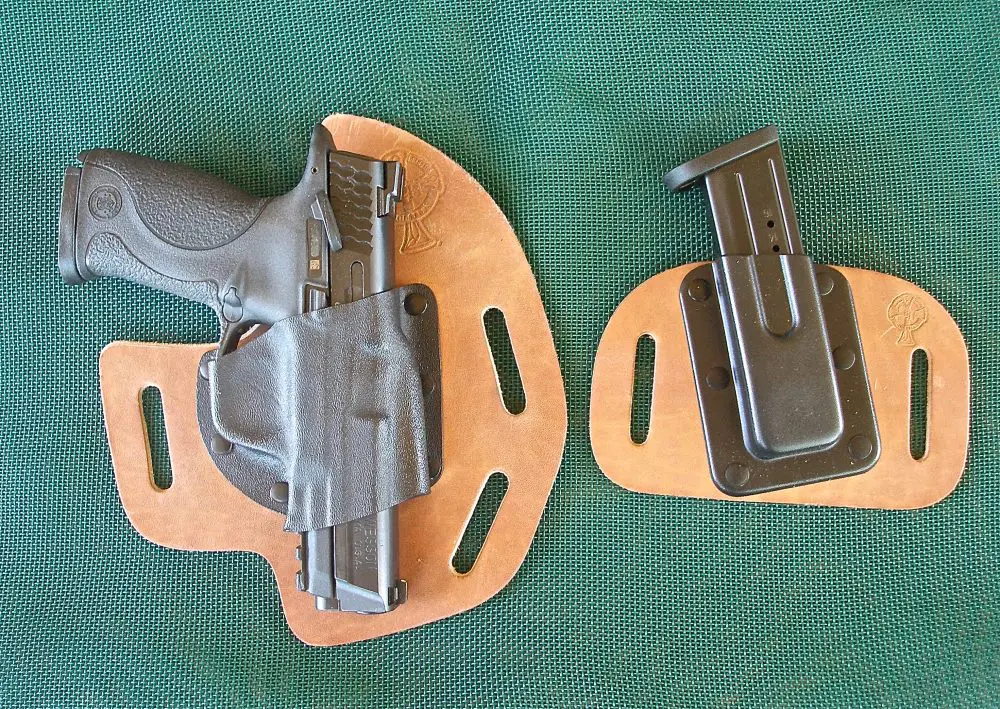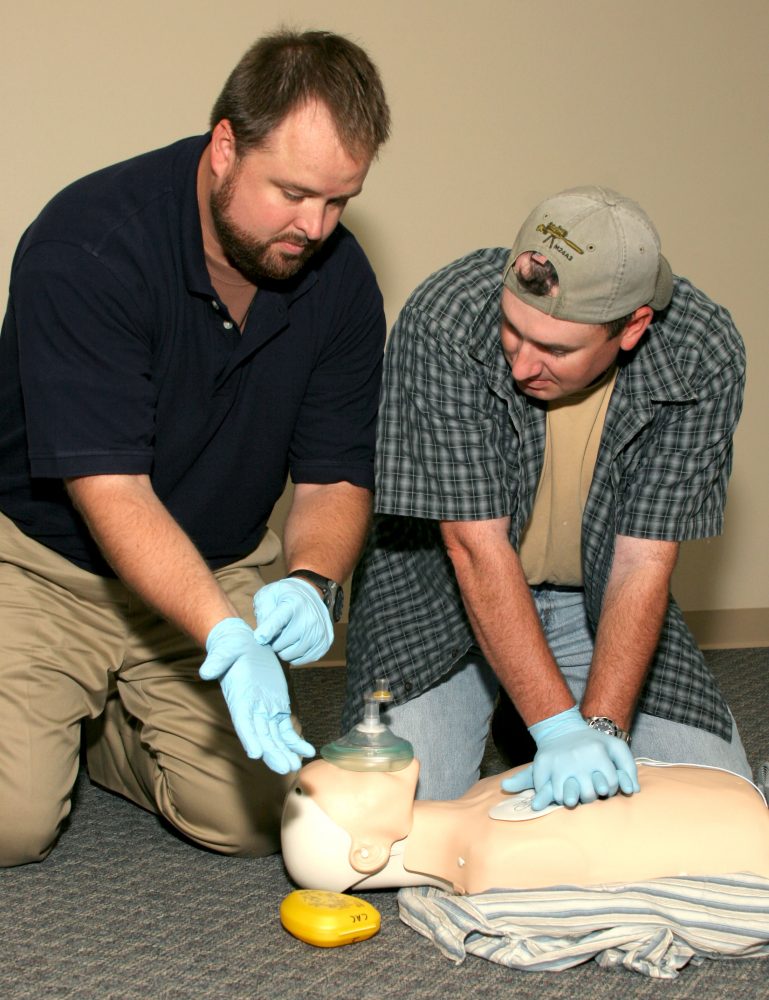Last month I catalogued some of the outrages of civil asset forfeiture—the legalistic scam in which the government takes people’s property without charging the owner with any crime. Government agencies get away with this by making the medieval claim that the property itself is guilty of (unproven and often unstated) misdeeds.
I noted in that article that I’d barely even mentioned the very, very worst abuse of that innately abusive “justice” tactic.
What scares me right now is that when I mention the really bad thing about civil asset forfeiture, some readers will think it’s not bad at all. On the contrary, many will consider this particular outrage to be fantastically good.
Here it is: Under federal civil asset forfeiture statutes, the U.S. Justice Department gives up to 80 percent of the take to the state or local law enforcement agencies that made the original property seizure.
Many local police agencies receive substantial parts of their budgets from the federal government as a reward for taking property from people.
Since the Comprehensive Crime Control Act of 1984 enabled the U.S. Justice Department to share the proceeds of seized assets with local police agencies involved in the seizures, the federal government has distributed well over $2 billion to local police agencies. (This figure doesn’t include asset forfeitures made under state laws rather than federal.)
And remember, the vast majority of the seized money and assets was taken from people who were never even accused, let alone found guilty of, any crime. Still, they were probably bad guys, right? “Drug dealing” is the most common claim.
“Cool beans!” say forfeiture supporters. “More money and better equipment for our boys and girls in blue. Ha ha! Drug dealers pay for our policing so we local homeowners don’t have to pay so much in taxes.”
True. Funding law enforcement by having the U.S. Justice Department funnel the profits from forfeited assets back to local police may mean local taxpayers don’t have to dig so deep into their own pockets. But please consider just a few of the negatives arising from the fact that police agencies directly and personally profit from dubious asset forfeitures:
- Police officers are being cynically turned into revenue officers. To a few, grabbing houses, boats, cars and bank accounts becomes a higher priority than keeping communities safe.
- Forfeiture money often ends up buying equipment and training that are simply not needed. Armored troop carriers for small Idaho towns? Machine guns for Mayberry? SWAT teams in every cornbelt farmburg? It’s crazy. And (although Editor Denny Hansen and I argue about this) it has led to an enormous increase in using military tactics for minor crimes or on flimsy accusations.
- Here’s a strange fact to ponder: police agencies now profit from drug dealing. Even as they bust individual drug dealers, the future well-being of certain units relies on the continuing existence and profitability of the illegal drug trade.
- In some parts of the country, according to the nation’s best known forfeiture-fighting attorney, Brenda Grantland, law enforcement agencies even set up “forfeiture traps,” like corrupt burgs set up speed traps. They stop motorists on little pretext (in one case “because your tail light looked dim”) in hopes of finding assets worth seizing.
- And those taxpayers who rejoice in having part of the pay for their policing lifted from their shoulders? Well, they’re likely to end up very unhappy, eventually. In addition to leaving them more vulnerable to violent and property crime, the police become less and less accountable to the people they nominally serve. If local police become corrupt or inefficient, the threat of “cutting off funding” loses its punch; the police get their funding from on high. (Some multi-jurisdictional task forces are 100 percent funded with asset forfeiture money; they must seize more and more simply to stay alive.) Local voters have less voice in the activities of their own police forces.
- Some police agencies are even slipping out of control of their own state governments. When states have attempted to reform their own asset forfeiture laws (as Missouri did, requiring a criminal conviction before assets could be seized), police agencies simply go over the heads of their own state governments. They turn to the feds and ask them to “adopt” the seizure.
In other words, political and moral accountability shifts away from local and state citizens and straight into the hands of unaccountable federal bureaucrats.
In 2000, Congress passed the Civil Asset Forfeiture Reform Act (CAFRA). This weak reform has been rightly called “a sheep in wolf’s clothing.” It made a few substantive changes (like ending “innocent owner” forfeiture, in which the government took people’s property even though the owner had no idea their property was used in a crime). It made a number of cosmetic changes that gave the appearance of greater fairness while in fact changing very little.
But CAFRA’s fatal flaw was that it never even touched on the worst problem: that for the first time in U.S. history, law enforcers are being allowed, as CAFRA analyst Brant Hadaway put it, “to eat what they kill.”
Finally, lest you think that only those wicked old druggies and a handful of other bad actors are in danger, consider this: Firearms and related items are among the favorite (and among the most politically popular) items to seize.
In a letter dated 4 August 2006, the Bureau of Alcohol, Tobacco, Firearms and Explosives notified Richard Celata, owner of KT Ordnance of Dillon, Montana, that it was officially seizing $11,350 worth of property it had taken from him in its 7 June raid on his home and business. This included a beautiful pair of engraved Colt 1911s named “Elizabeth” and “Abigail,” other firearms, and business inventory. “The Property,” they wrote, “was used or acquired in violation of federal law.”
What law? Nobody knows. I’ve mentioned Celata twice before in S.W.A.T. columns. Each time I have to report the same thing: He has not yet been charged with (let alone found guilty of) any crime.
The BATFE also informed Celata he would have to pay 10 percent of the property’s value before he could file a claim to attempt to win back his possessions. (That’s not even counting his lawyer’s fees.) CAFRA supposedly eliminated this 10 percent “cost bond” in all but a few cases. Nevertheless, the BATFE demanded it of Celata.
And what is the purpose of that 10 percent bond? Why, it’s to compensate the federal government for the cost of transporting, cataloging and warehousing the goods it seized from him against his will.
Is this any way to run a “nation of laws”?
[Editor’s Note: As mentioned in the text, Claire and I disagree on this topic. Are forfeiture laws misused in some cases? Possibly, but in many cases the monies gained benefit the community, though at first glance it may appear a department is being “militarized.” Take an armored personnel carrier, for example: While many shudder at the sight of “tanks” on our streets, they are more often than not used for rescue purposes and even delivering medical supplies to snowbound citizens. — Denny Hansen]
SOURCES:
Eighth District Appeals Court decision in U.S. vs. $124,700 in U.S. Currency
Peter Joseph Loughlin, J.D., “Does the Civil Asset Forfeiture Reform Act of 2000 Bring a Modicum of Sanity to the Federal Civil Forfeiture System?”
http://www.malet.com/does_the_civil_asset_forfeiture_.htm
Cornell University Law School “L’il Backgrounder on Forfeiture”
http://www.law.cornell.edu/background/forfeiture/
Brant Hadaway, “Executive Privateers”
http://www.fear.org/hadaway.html
Fred Gardner, “Financial Torture”
http://www.counterpunch.org/gardner09182004.html
Kyla Dunn, “Reining in Forfeiture: Common Sense in the War on Drugs”
http://www.pbs.org/wgbh/pages/frontline/shows/drugs/special/forfeiture.html





